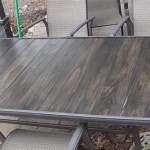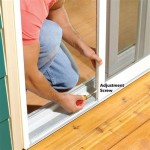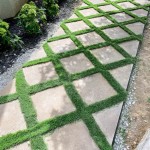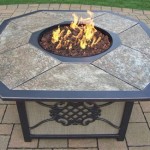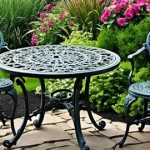How to Screen In a Patio for Cats
Creating a safe and enjoyable outdoor haven for feline companions is a common desire for pet owners. Screening in a patio offers a practical solution to provide cats with a protected space to explore, bask in the sun, and enjoy fresh air while remaining secure. This article outlines the steps involved in screening a patio for cats, ensuring a comfortable and stimulating environment for furry friends.
1. Planning and Materials
The first step in screening a patio for cats involves careful planning and selection of materials. This stage sets the foundation for a successful project and ensures the enclosure meets the cat's needs. Consider the following factors:
Dimensions: Measure the existing patio area and determine the required screening dimensions. Ensure ample space for cats to move around freely and comfortably. Consider placing climbing structures or perches within the screened area to provide vertical climbing opportunities.
Entry and Exit: Plan for a secure and cat-friendly entry and exit. Installing a cat door within the screening allows for independent access and exit while preventing unwanted escapes.
Materials: Choose durable and weather-resistant materials for the screening. Options include:
- Mesh Wire: This is a cost-effective choice, but ensure it's fine enough to prevent cats from escaping or getting their heads stuck.
- Fiberglass Screening: This material offers greater durability and resistance to tearing, making it ideal for areas with potential hazards like thorny plants.
- Vinyl or Plastic Screening: Providing a lightweight and easy-to-clean option, these materials are suitable for smaller patios.
Supporting Structure: Choose sturdy and weather-resistant materials for the framing of the enclosure, such as pressure-treated wood or aluminum. Ensure the posts are strong enough to support the weight of the screening and withstand potential cat climbing.
2. Installation and Construction
Once the planning and materials are in order, the construction and installation process can begin. This involves building a sturdy frame and attaching the screening material securely.
Frame Construction: Measure and cut the framing materials according to the planned dimensions of the enclosure. Connect the pieces using screws or nails, ensuring a secure and stable foundation. Ensure the frame is level and plumb for proper alignment and structural integrity.
Screening Installation: Attach the chosen screening material to the frame using staples, clips, or screws, depending on the material. Ensure a taut and secure fit to prevent sagging or tearing. For mesh wire, consider using wire cutters and a tension tool for a smooth and effective installation.
Cat Door Installation: If a cat door is desired, choose a suitable location and carefully cut the screen to fit the door. Install the cat door with the appropriate hardware and test its functionality.
Finishing Touches: Apply a sealant or paint to the wood frame to protect it from weather damage and enhance its longevity. Consider adding decorative elements or plants to enhance the aesthetic appeal of the enclosure.
3. Safety and Comfort
Once the enclosed patio is complete, prioritize safety and comfort for the feline residents. Consider the following aspects:
Safety Check: Thoroughly inspect the enclosure for any sharp edges or potentially hazardous materials. Ensure the screening is secure and free from gaps or holes that could allow a cat to escape.
Cat-Friendly Additions: Introduce features that enhance the cat's enjoyment of the screened space, such as:
- Cat Trees and Perches: Provide vertical climbing opportunities and vantage points for the cat to observe its surroundings.
- Scratching Posts: Offer designated areas for cats to express their natural scratching behavior.
- Bedding and Toys: Provide comfortable bedding and stimulating toys to encourage play and relaxation.
- Food and Water Bowls: Place easily accessible food and water bowls within the enclosure.
Supervision: While the screened patio offers a safe space, supervise the cats, especially initially, to ensure their comfort and prevent any issues. Regularly check the enclosure for signs of wear and tear, and make necessary repairs promptly.
By following these guidelines, you can successfully screen in your patio, creating a secure and comfortable outdoor haven for your feline companions. The enclosed space provides a stimulating environment for them to enjoy the outdoors while ensuring their safety and well-being.

Diy Catio Materials How To Pick The Right Cat Enclosure Mesh For Your Spaces

The Cat Carpenter Screen Porches

The Cat Carpenter Screen Porches

Where Can You Build A Catio Spaces

Diy Catio Materials How To Pick The Right Cat Enclosure Mesh For Your Spaces

The Cat Carpenter Screen Porches

Cat Enclosures And Screened In Porches
A Kitty Cat Rail For The Porch Between Naps On

Catio S Every Cat Owner Should Know

Where Can You Build A Catio Spaces

